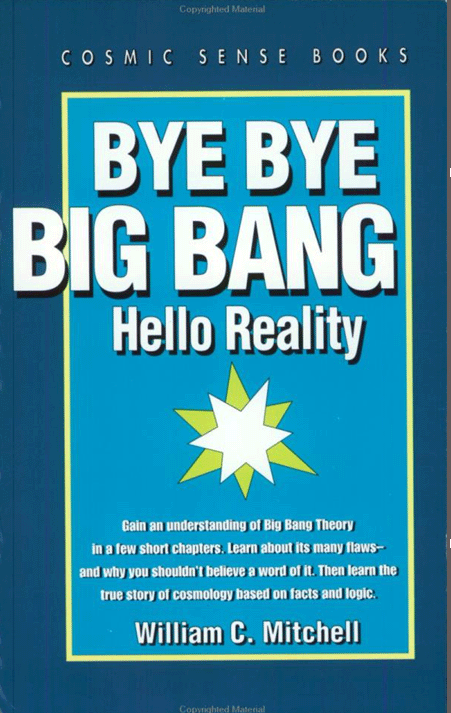From the Inside Flap
Gain an understanding of Big Bang Theory in a few short chapters.
Learn about its many flaws ? why you shouldn?t believe a word of it.
Then learn the true story of cosmology based on facts and logic.
From the Back Cover
A lucid description of Big Bang Theory is first presented. Following that, the long list of older flaws in that theory are reviewed, and some newly discovered additions to those are presented. The combined impact of those flaws forever destroys the credibility of a Big Bang. But, more importantly, an alternative theory that is based on astronomical data, proven science and logic is then presented.
Common sense denies the possibility of the accretion of matter required for the formation of new galaxies in a relativistically expanding Big Bang universe. In fact, the possibility of any appreciable expansion is denied. Nevertheless, astronomical observations of recent years show that new galaxies have been forming for many billions of years.
Astronomical observations also show existing galaxies are spewing enormous amounts of matter and energy into intergalactic space, providing evidence of their gradual death. However, due to gravitational attraction, that matter and radiation, combined with the hydrogen that pervades all of space, results in the continuous formation of new galaxies in violent swirling clouds of "gas and dust."
Those intriguing features reveal an ancient, ever-recycling, non-expanding universe containing galaxies of various ages, shapes and sizes. This new recycling universe cosmology (RUC), has been called "a masterpiece of research and synthesis."
In addition to references to source material throughout, included herein are several illustrations, appendixes that provide related background material and supporting mathematics, a comprehensive bibliography, and name and subject indexes.
This book succeeds Mitchell?s 1995 book, The Cult of the Big Bang, that was published with endorsements by allies in the struggle against Big Bang theory. Those allies included plasma physicist and cosmologist Anthony L. Peratt of the Los Alamos National Laboratories, astronomer and cosmologist Halton C. Arp of the Planck Institute for Astrophysics in Germany, and Professor Jayant V. Narlikar, director of the Inter-University Centre for Astronomy and Astrophysics of India.



